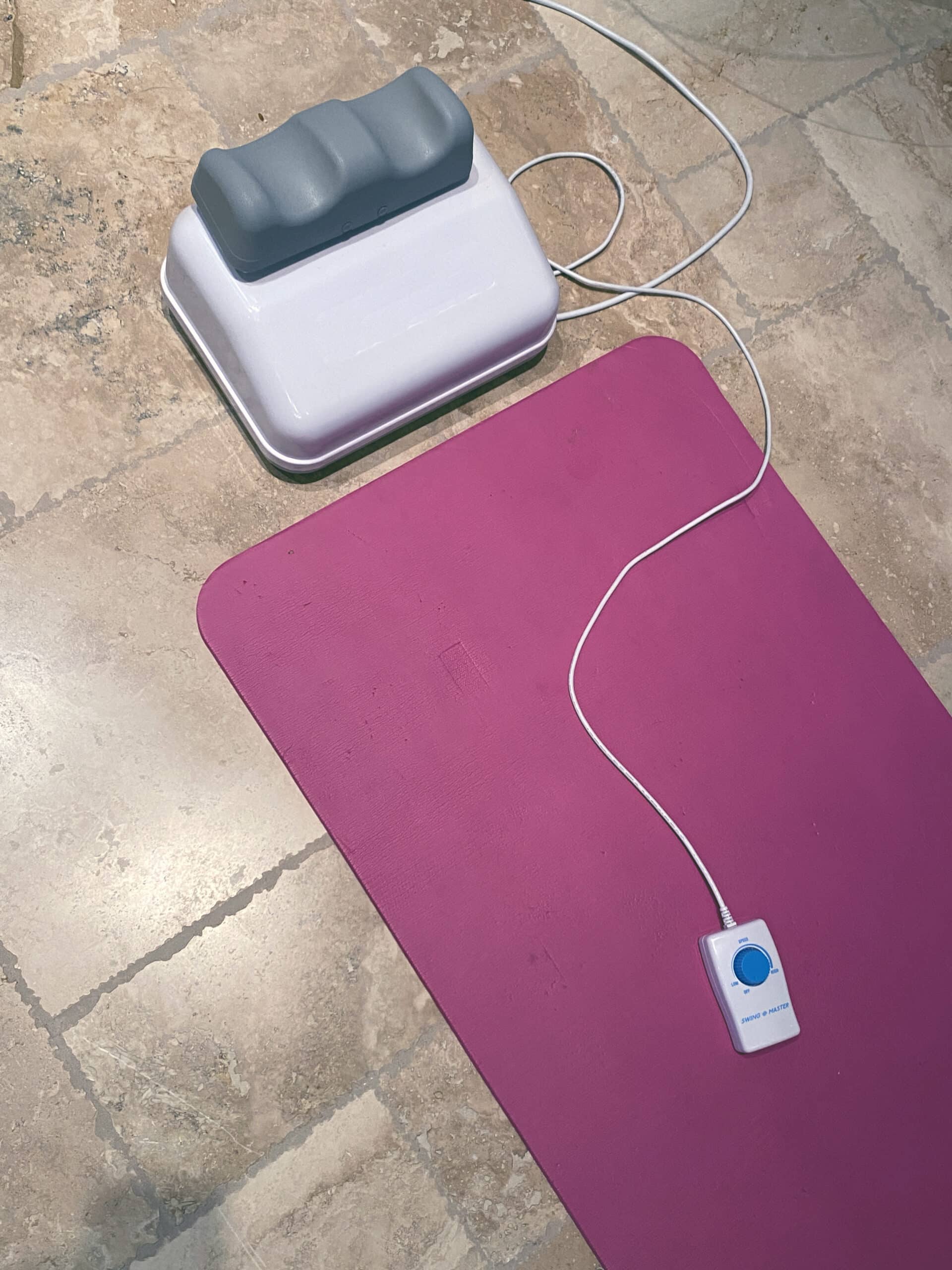When it comes to air quality, most of us are familiar with the importance of clean outdoor air. We’ve all heard about the impact of pollution and carbon emissions on the environment. But what about the air inside our homes, offices, and schools? Unfortunately, when it comes to indoor air quality (IAQ), the situation is much less clear-cut. Despite the fact that we spend approximately 90% of our time indoors, there are no federal indoor air quality standards that comprehensively regulate the air we breathe in indoor environments.
In this blog post, we’ll explore why this is the case, what it means for our health, and how you can improve indoor air quality in your own space.

Why Are There No Federal IAQ Standards?
The absence of federal indoor air quality standards may come as a surprise, given how much attention is given to outdoor air pollution. The truth lies in the way indoor air quality is regulated and the complexity of creating uniform standards for all indoor environments.
Lack of Comprehensive Regulation
There are federal guidelines related to certain pollutants like radon, tobacco smoke, and carbon monoxide, but the U.S. Environmental Protection Agency (EPA) has not established comprehensive, enforceable standards for indoor air quality across the board. Several reasons contribute to this lack of regulation:
- Varied Sources of Indoor Pollution: Indoor air can be contaminated by a wide range of pollutants, such as volatile organic compounds (VOCs), mold, pet dander, cleaning products, and more. The complexity of these different pollutants makes it challenging to establish uniform regulations.
- Building Diversity: The different types of buildings—homes, schools, offices, industrial spaces—pose unique challenges when it comes to setting consistent air quality standards. A one-size-fits-all approach might not be feasible, and regulators struggle to account for these differences.
- Limited Authority: While the EPA has the authority to regulate outdoor air quality under the Clean Air Act, it doesn’t have the same broad authority to regulate indoor air quality. The absence of a legal framework for enforcing IAQ standards limits the EPA’s reach.
- Technological and Scientific Challenges: The science of indoor air quality is still evolving. There is a lack of consensus on the specific thresholds for certain pollutants and the health impacts of exposure to low levels of various chemicals. These scientific uncertainties make it difficult to define precise limits for indoor air quality.
Health Risks of Poor Indoor Air Quality
Even though there are no federal IAQ standards, the dangers of breathing poor indoor air are real and serious. Indoor air pollution can have a range of health impacts, particularly on those with respiratory conditions, children, the elderly, and individuals with weakened immune systems. Some of the common health issues associated with poor indoor air quality include:
- Respiratory Problems: Exposure to pollutants like asbestos, mold, and particulate matter can cause or exacerbate respiratory issues like asthma, bronchitis, and chronic obstructive pulmonary disease (COPD).
- Allergies: Pollutants such as pet dander, dust mites, and pollen can trigger allergic reactions, leading to symptoms like sneezing, congestion, and itchy eyes.
- Headaches and Fatigue: VOCs from paints, cleaning products, and furniture can contribute to headaches, dizziness, and fatigue. Long-term exposure to high levels of VOCs can also affect your nervous system.
- Long-Term Diseases: Exposure to biotoxins may result in CIRS for people genetically predisposed. Chronic exposure to indoor air pollutants, particularly radon and formaldehyde, has been linked to an increased risk of lung cancer and other serious health conditions.
- Mental Health: Recent studies have even suggested a link between poor indoor air quality and mental health issues such as anxiety, depression, cognitive decline, rage and anger. Poor IAQ can also affect concentration, mood, and overall well-being.
Existing Guidelines and Regulations
Although there are no federal standards for indoor air quality in general, there are some guidelines and regulations that address specific pollutants:
- The EPA’s Indoor Air Quality Tools for Schools: This program provides schools with a set of guidelines to help improve IAQ in educational settings. It encourages schools to implement practices like increasing ventilation, controlling humidity, and reducing the use of harmful chemicals.
- Radon: The EPA has set guidelines for radon, a radioactive gas that can accumulate in homes and buildings, and has recommended action levels for radon exposure in homes.
- Tobacco Smoke: While smoking indoors has been banned in many public spaces, the EPA and other organizations recommend smoke-free environments to minimize exposure to the harmful chemicals in tobacco smoke.
- Carbon Monoxide (CO): The EPA has established guidelines for carbon monoxide exposure, and many states require CO detectors in residential buildings.
- Occupational Safety and Health Administration (OSHA): OSHA sets standards for workplace air quality and ensures that employees are not exposed to harmful levels of certain chemicals, particularly in industrial settings.
Despite these guidelines, they are often fragmented, and they apply only to certain situations, leaving a broad gap in federal oversight of indoor air quality in homes, offices, and other private spaces.
Why Are IAQ Standards Important?
Setting clear federal standards for indoor air quality is important for several reasons:
- Protecting Public Health: The primary reason for regulating indoor air quality is to protect public health. According to the EPA, indoor air can be more polluted than outdoor air, and poor IAQ has been linked to a range of health problems. Standards could help reduce these risks for everyone.
- Economic Costs: Poor indoor air quality can lead to increased healthcare costs, reduced productivity, and missed workdays due to illness. Federal standards could help reduce these costs by promoting cleaner air in indoor environments.
- Environmental Justice: Certain groups, including low-income communities and communities of color, are more likely to live in substandard housing with poor ventilation, making it easier for mold to grow, and other conditions that contribute to bad indoor air quality. Federal standards could help address these disparities and create healthier environments for everyone.
How You Can Improve Indoor Air Quality
While federal regulations are lacking, there are steps you can take to improve indoor air quality in your own space. Here are a few practical tips:
- Increase Ventilation: Open windows when possible.
- Control Humidity: Keep indoor humidity levels between 30-50% to prevent mold growth. Use dehumidifiers in damp areas like basements.
- Use Air Purifiers: Invest in a HEPA air purifier to reduce particulate matter, allergens, and some VOCs in your home. Make sure the purifier is suitable for the size of the room.
- Avoid Harmful Chemicals: Use natural or non-toxic cleaning products. Avoid using products that release high levels of VOCs, such as certain paints, air fresheners, and aerosol sprays.
- Regular Cleaning: Regularly clean your home, including vacuuming with a HEPA filter, to reduce dust, pet dander, and other allergens.
- Check for Radon: If you live in an area with high radon levels, get your home tested and take action to mitigate radon exposure if necessary.
The Future of Indoor Air Quality Regulations
While there are no comprehensive federal standards for indoor air quality at this time, there is growing recognition of the need for better regulation. Public demand for clean air in schools, workplaces, and homes is rising, and advocates are pushing for more attention to be given to indoor air quality. As our understanding of the health impacts of indoor air pollution grows, we may see stronger federal regulations in the future.
In the meantime, it’s essential for individuals and organizations to take proactive steps to ensure that the air we breathe indoors is as clean and healthy as possible.
Conclusion
The lack of federal indoor air quality standards is a major gap in environmental and public health protection. While there are guidelines for specific pollutants, a comprehensive and enforceable system for regulating indoor air quality remains absent. As we continue to learn more about the health risks associated with poor indoor air quality, there is a growing need for stronger regulatory action. Until then, it’s up to each of us to take steps to improve the air we breathe indoors—whether that means increasing ventilation, using air purifiers, or avoiding harmful chemicals. Clean air is essential to everyone’s health, especially CIRS patients, and we must do what we can to ensure that the spaces where we live and work support our well-being.






